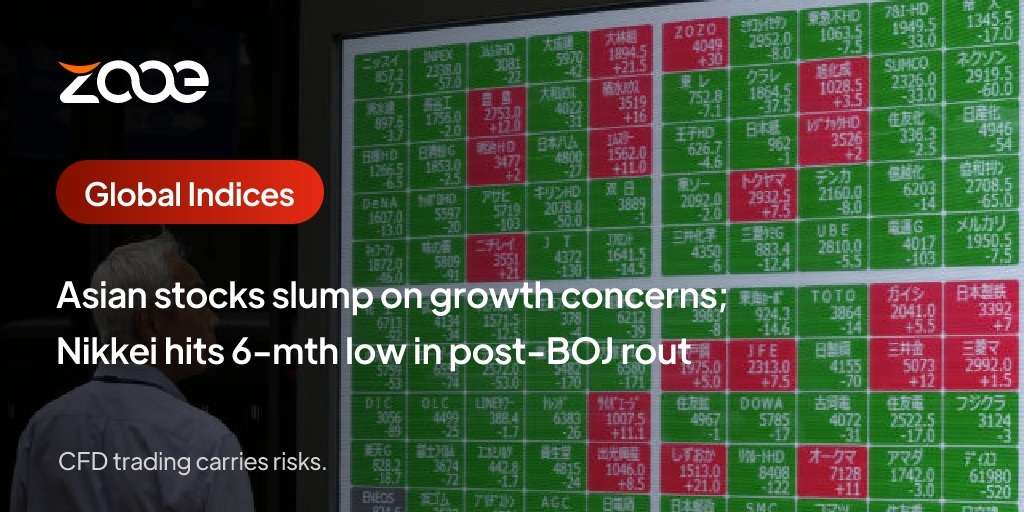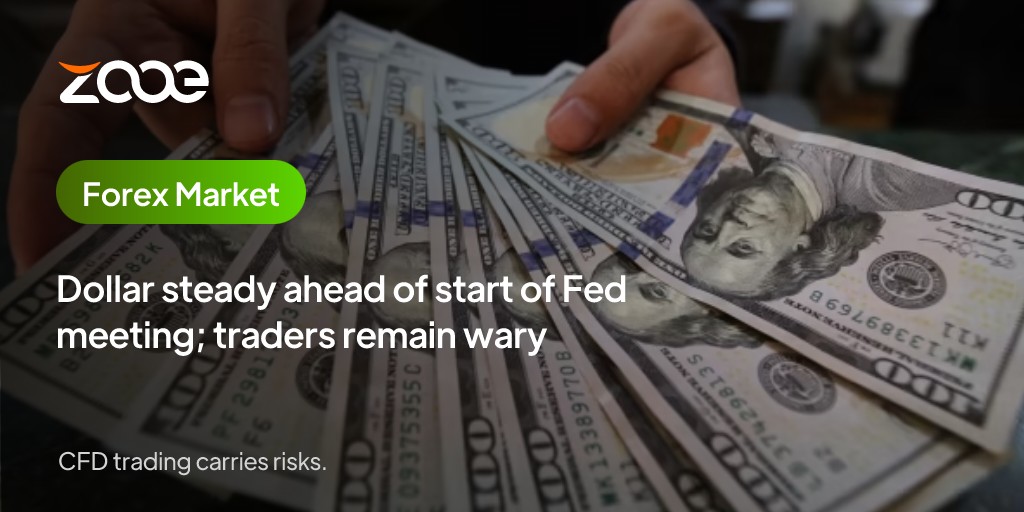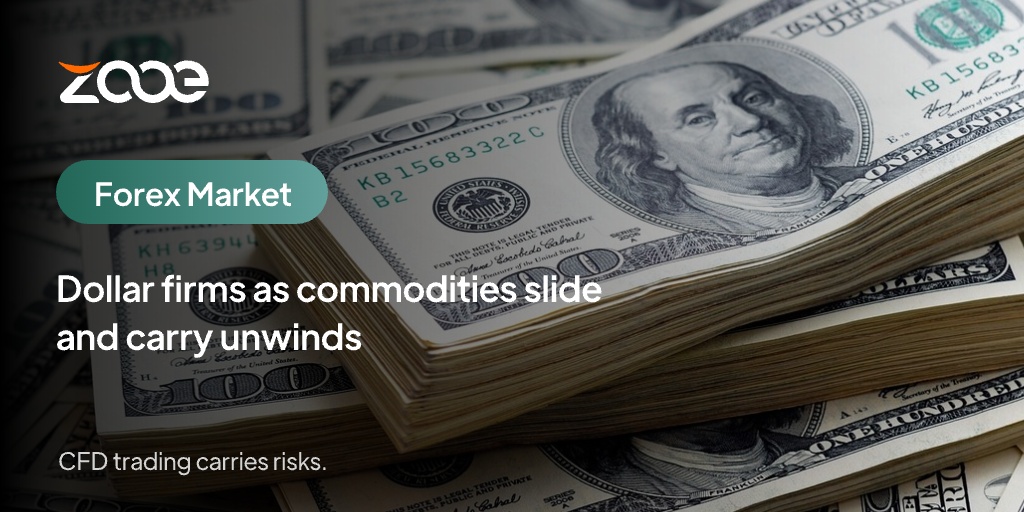
By Katya Golubkova
TOKYO (Reuters) – Oil prices fell on Friday but were on track for their first weekly gain in four weeks as markets assessed the impact of higher-for-longer U.S. interest rates versus solid outlooks for crude and fuel demand this year.
Brent crude futures were down 72 cents, or 0.87%, to $82.04 a barrel at 0100 GMT. West Texas Intermediate (WTI) U.S. crude futures lost 79 cents, or 1%, to trade at $77.84 a barrel, reversing small gains in the previous session.
In a see-saw week, oil prices rallied after the Organization of Petroleum Exporting Countries (OPEC) stuck to a forecast for relatively strong growth in global oil demand for 2024 and Goldman Sachs projected solid U.S. fuel demand this summer.
That helped to reverse losses in the previous week driven by an agreement by OPEC and its allies, together called OPEC+, to start unwinding their output cuts after September.
Further buoying the market, Russia pledged to meet its output obligations under the OPEC+ pact, after saying it exceeded its quota in May.
“Stricter adherence to the current quotas should more than offset any potential increases from the group of eight under the gradual phase out of their voluntary cuts. This should see the crude oil market remain well supported over the next 18 months,” ANZ analysts said in a client note.
Prices however came off after the U.S. Federal Reserve held interest rates steady and pushed out the start of rate cuts to as late as December, with the Fed officials’ comments stoking worries that economic growth could slow and dampen fuel demand.
The market will be watching out for a number of inventory reports in China, the world’s second biggest oil consumer, due to be released on Friday, which ANZ analysts said should reveal any weakness in demand for energy and metals.




